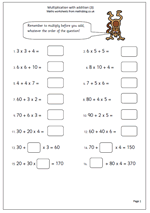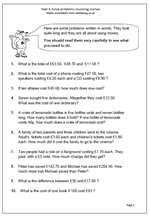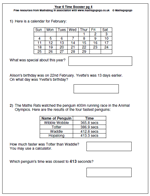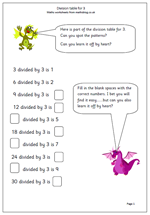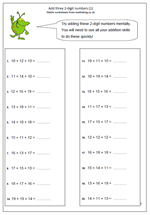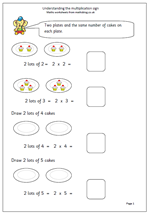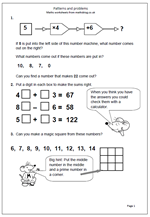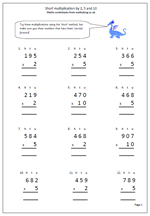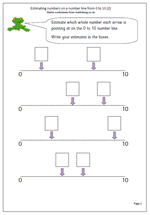 By year 2 children will be beginning to understand the vocabulary of estimating, which includes other terms such as roughly, guess how many, about the same as, nearly, close to etc.
By year 2 children will be beginning to understand the vocabulary of estimating, which includes other terms such as roughly, guess how many, about the same as, nearly, close to etc.
This worksheet looks at estimating a whole number on a number line from 0 to 10. Probably the best technique to use is to try and estimate the middle of the line, which will be 5 and then work either from 0 to 5 or 5 to 10. This is not as easy as it might appear, but after a few goes it does become much less tricky.
One use for this type of activity will come later when children need to interpret graphs where the numbers on the axes go up in fours, fives or tens and intermediate numbers need to be found.
